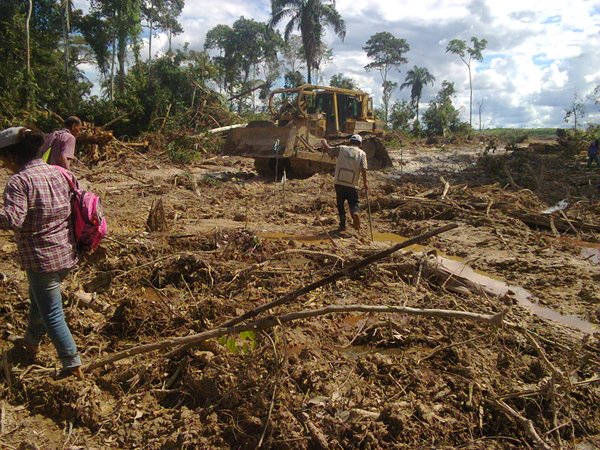As the world celebrates the 2021 International Day of Forests (IDF) on March 21, spotlight is increasingly on the depletion of these critical ecosystems. Forests cover about 31% of global land area and are home to around 80% of the globe’s biodiversity. From food, water purification, climate change mitigation through acting as carbon sinks – absorbing about 2.6 billion tonnes of carbon dioxide every year, to supporting livelihoods of about one billion people around the world, forests play a key role in the wellbeing of humanity.

Despite this prominence, they are disappearing at an alarming rate. According to the 2020 State of the World Forests report, more than 420 million hectares of forest have been lost through conversion to other land uses. Between 2015 and 2020, the rate of deforestation was estimated at 10 million hectares per year. In 2019 alone 12 million hectares of tree cover was lost. In Africa, deforestation drivers include agricultural development, logging, mining and infrastructure projects, among others.
This year’s theme, “Forest restoration: a path to recovery and well-being”, resonates with the need for humanity to preserve our environment. COVID-19 pandemic reminds us that the health of the planet and humanity is interconnected. Deforestation is significantly increasing the risk of zoonotic diseases – diseases which jump from animals to humans. As forests are cleared, contact between human and wildlife increases, therefore amplifying the risk of these diseases.
Against the backdrop of these deforestation levels, is the need for urgent restoration. Across Africa, several initiatives are being rolled out on a national, regional and continental scale to halt deforestation. One such initiative is the Trillion Trees, a venture by BirdLife International, Wildlife Conservation Society (WCS) and World Wide Fund for Nature (WWF) to end deforestation and restore one trillion trees by 2050, around the globe, including Kenya, Uganda, Tanzania and Rwanda.
The Great Green Wall for the Sahara and the Sahel Initiative (GGWSSI) is yet another example of ongoing restoration. Led by the African Union (AU), seeks to restore drylands in more than 20 countries across Africa spanning more than 8000 kilometres from Senegal’s Atlantic coast to the east coast of Djibouti. Envisaged to be completed by 2030, about 100 million hectares of dryland are expected to be restored and 10 million green jobs created.
Critically important is the involvement of local communities in theses restoration efforts, through a bottoms-up approach. BirdLife International and its partners are restoring forests through this model. In Kenya for instance, BirdLife partner, Nature Kenya, is working with Community Forest Associations (CFAs) and Site Support Groups to restore forests, with more than four million trees planted across the country since 2019.
Additionally, almost 1000 ha of degraded forests in the Mt Kenya Forest have been restored. In Sierra Leona and Liberia, BirdLife partners are working with local communities to effectively manage and conserve, the 370,000 ha Gola Forest – the largest remaining block of Upper Guinean Forest, straddling the two countries’ borders.
Such initiatives will go a long way in helping the continent achieve the Bonn Challenge, a global goal of restoring 350 million hectares by 2030, to which 31 African countries are signatories. Key to this, is establishing linkages and partnerships with governments and the private sector, to achieve these targets. We need more forests now than ever and as we celebrate International Day of The Forests, let us do more to preserve our forests for a healthy posterity.
By Lewis Kihumba, Communications Manager, BirdLife International; Lewis.Kihumba@birdlife.org
